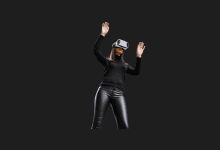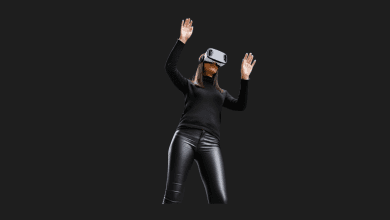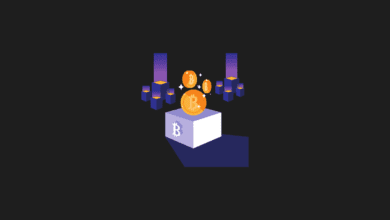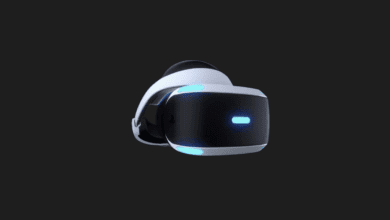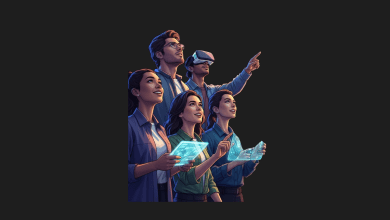The Impact of Digital Twin Technology on Manufacturing Processes

The advent of Industry 4.0 and the increasing scarcity of resources have highlighted the importance of developing, analyzing, and restructuring production processes.
These processes involve receiving raw materials and transforming them into new value through human and machine labor, incorporating various material/product movements, process executions, and adherence to quality control principles.
Central to these processes is the movement of data. The term “digital twin” describes the real-time tracking of these data movements within production areas in three-dimensional environments.
While the specific definition of a digital twin can vary by the industry of its developer, it generally refers to a precise virtual representation of a production area, facility, or region, including its vehicles and tangible assets, that mirrors the real-time situation.
Data acquisition process
Monitoring the real-time status of production areas is crucial. To accomplish this, the approach of the Internet of Things (IoT) is employed.
Using a variety of industrial communication protocols and methods, the status of production equipment and the transitions of processes are monitored, with data being collected. This data is analyzed on-site and then aggregated on a central server.
At this point, the system is integrated with enterprise resource planning (ERP) and production planning software, ensuring that the enriched data is securely stored on servers.
Digital twin – In living three-dimensional factories
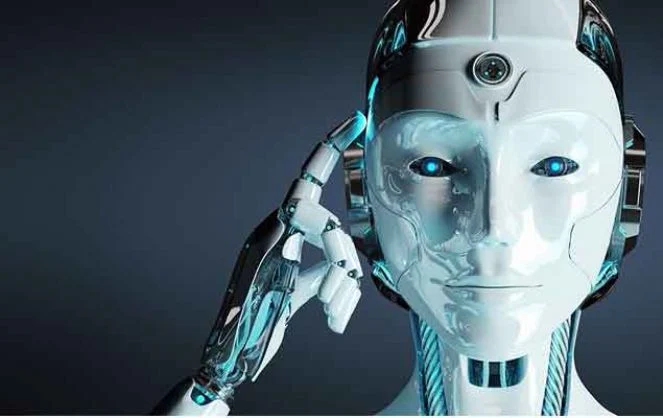
Data collected using three-dimensional visualization tools are visualized within the factory environment where the model originated. The approach to be applied here fundamentally consists of three stages.
Initially, real-time status information is digitized and visualized.
In the second stage, a digital environment is established for conducting operational processes. Within this environment, support is offered for decision-making by operators and managers. User interactions and operational parameters are monitored within workflows.
In the final stage, simulation is integrated into the processes mentioned earlier. Future predictions are generated using various simulation techniques, taking into account the real-time condition of the machines, historical data, and the current state of the factory environment.
Smart contracts and digital twin
As digital twins evolve into precise replicas of physical spaces, enhancing their predictive capabilities, they become vital for corporate information and reporting. Within companies, securing these virtual environments and ensuring the data and related reports’ accuracy is as crucial as securing servers.
At this juncture, smart contracts can fulfill the required needs, ensuring the ownership of equipment within the digital twin when necessary. This advancement allows manufacturers of equipment and machinery to deliver their products digitally to customers, complete with analytical features.
Metaverse and Gamification in Production – Beyond Watching
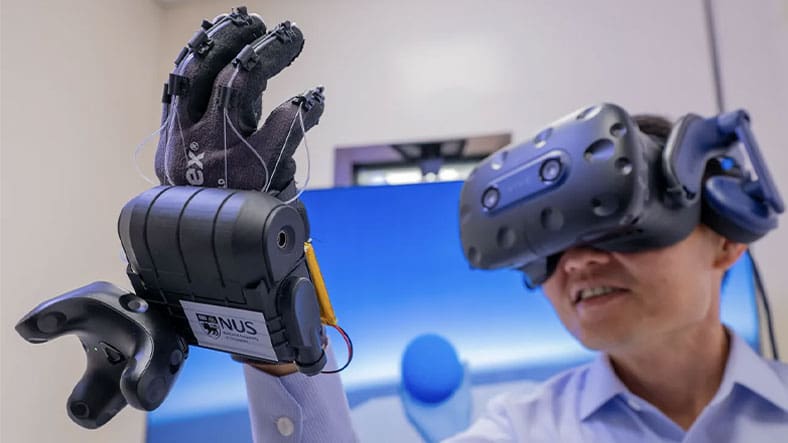
When mere observation falls short, the concept of a digital twin evolves into a “metaverse” by incorporating various elements into its framework. With advanced VR glasses, we can step into the digitally replicated factory space to carry out operations just as we would in the physical world.
This virtual environment allows us to preemptively experience potential quality and production issues highlighted by the system, along with proposed solutions, before they manifest in reality.
In this immersive space, leveraging game mechanics becomes significantly easier, erasing traditional boundaries and fostering team collaboration through the engaging dynamics of these mechanics. The gamification practices within the Metaverse enhance team performance and system adaptability.
Nick Pelling highlights the value of gamification in production tools, describing it as a set of practices in the production sector designed to make tasks enjoyable for the production staff.
According to Fortune Business Insights, gamification is expected to engage 75% of the workforce by 2025, particularly among Generation Z.
The digital twin’s evolution into the Metaverse marks a crucial phase in the transformation of physical factories into dark factories. Each factory represents a unique production universe, brimming with capacity and possibilities, ready to be explored despite its uncertainties. This transition will unfold gradually, with elements of this transformation becoming evident across various products throughout the process.
You may also like this content
- The Metaverse: What it is, How to Enter, and Its Potential Impact
- Metaverse 5 Reasons Why its Awesome
- Metaverse Coins Buying Guide
Follow us on TWITTER (X) and be instantly informed about the latest developments…


